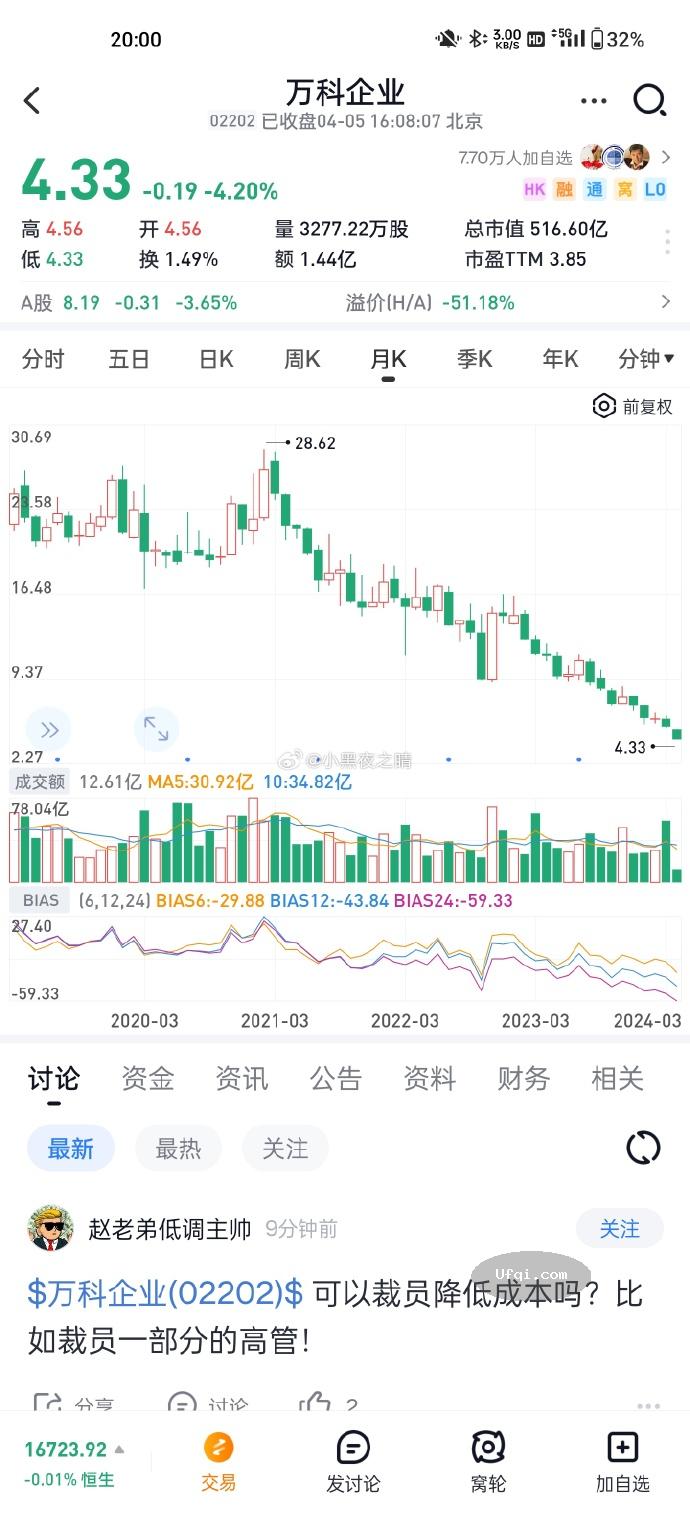(这或对写好一份简历有很好的指导意义)
As part of my day job, I run a company that trains recruiters and hiring managers on how to attract, assess and hire top performers using Performance-based Hiring. To overcome the impact of first impressions – the primary cause of most hiring errors – we advise using the first 20-30 minutes of the interview to look for the Achiever Pattern during the resume review. This indicates the candidate is in the top 25% of his or her peer group. None of this has to do with academic credentials, how smart someone is, their communication skills, personality or first impression. It all has to do with how others have recognized the candidate’s on-the-job performance.
Being pretty cynical and somewhat analytical, the following is how I go about spotting a high achiever. (Note: job-seekers can use this information to make sure the Achiever Pattern is easy to spot on both your resume and LinkedIn profile if you have it. If you’re not quite there yet, use these tips to find a job that offers you the chance to get into this elite 25%. See point 6 below for the importance of this.)
- They’ve been assigned difficult challenges ahead of their peers. The best people, including engineers, accountants, and sales reps, plus everyone else, are typically assigned tasks, clients and projects that are normally given to more senior people. If it happens regularly, especially during the first year of each new job, you’ve found tangible evidence of the Achiever Pattern.
- They volunteer or ask to be assigned to projects over their heads. A person needs a lot of confidence to take on a task where they have little or no experience. If they’re successful at it multiple times, the person deserves double bonus points.
- They’re put on important multifunctional teams. Managers assign their strongest staff members to critical team projects. Look for a consistent pattern, including teams growing in size, importance and impact over time. This is great evidence of strong team skills, as well as the Achiever Pattern.
- They get a chance to demonstrate their abilities to more senior executives. Managers put their subordinates in front of a company exec to both demonstrate the manager’s good judgment, and to help the subordinate get more exposure.
- They get promoted more rapidly. Look for promotions due to exceptional performance. More proof: a consistent track record of increasing responsibility at different companies.
- The reason they change jobs is long-term career focused. For each job change, ask the person how they got their new job, why they changed jobs, and if these objectives were met. Changing and accepting jobs is one of the most important decisions a person can make. Make sure you hire people who have made them wisely.
- They’ve established and achieved major goals. Rather than asking about a person’s goals, ask first about the biggest goal they’ve already achieved. Then ask how they’re going about achieving their next one.
- They’ve been rehired by a former manager. Top managers tend to rehire their best subordinates from previous companies.
- They rehire their former subordinates. Ask more seasoned managers if they’ve ever hired someone they’ve worked with in the past. Top people follow other top people.
- They’re the “go to” person inside their department. Find out where the person has been recognized for outstanding work and where they’ve coached others. Map this to what you need done.
- They’ve received formal recognition outside of their department. The best people have reputations beyond their department and function. It could be a company award, a white paper, a fellowship, speaking at a conference, or assigned for special training.
- They were mentored and/or mentored others. Just ask, and look for a continuous pattern. Then find out why, and the results.
When I was a full-time executive recruiter, my goal was to find talented people who had a track record of top performance. Finding the Achiever Pattern allowed me to use facts to counter a hiring manager who conducted a superficial or biased interview. More important, it provided hiring managers a concrete way to trade-off a contrived list of skills and experiences with a track record of exceptional performance. As a minimum, just looking for these factors as soon as you meet a person will lessen the impact of first impressions. Many times candidates overlook these important factors, so it’s up to the interviewer to seek them out. Once you hire a few top people this way, you’ll realize it’s worth the extra effort.
—–
有兴趣的人可以翻译一下。









Pingback引用通告: car title loan
12 Ways to Spot a High Achiever/12种方法找到优秀人才 | -UFQI-Blog oakley sunglasses http://www.discountsunglassesshopoutlet.com/
Pingback引用通告: 水着 女